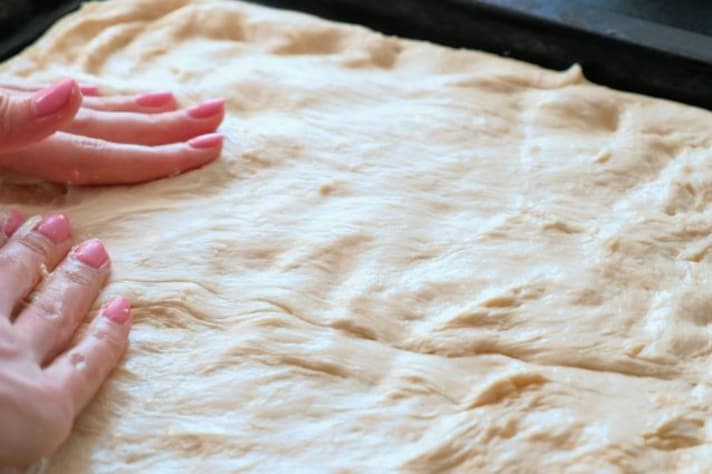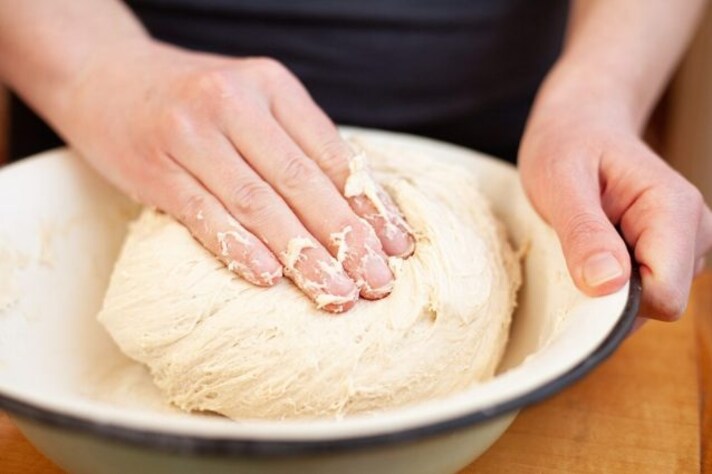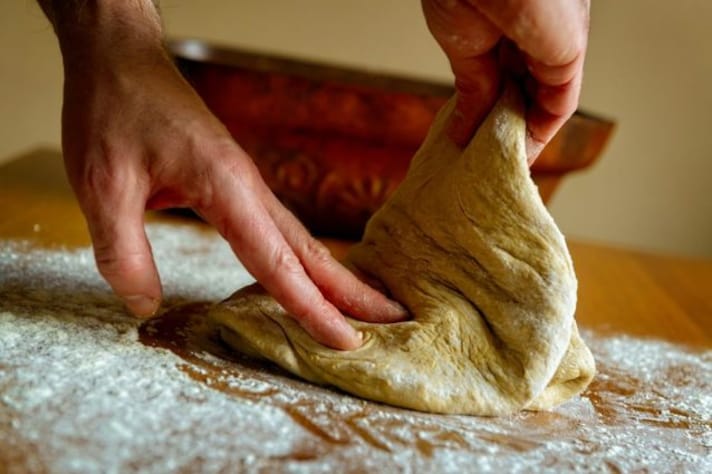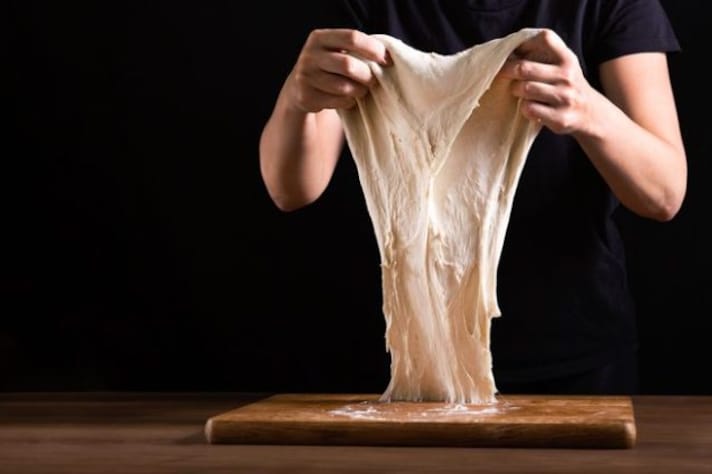
Leavened products all have a dough at their base that must be taken care of in the smallest details in order to achieve the desired result. There are combinations of ingredients and timing to respect, as well as techniques to be performed depending on the product being prepared. Among these is that of folding the dough, also known as reinforcement folds, which have become popular since the use of sourdough has spread to make bread and pizza with a light consistency, soft on the inside, crunchy on the outside and with a significant alveolation. Why are these folds needed? How are they made and what is the right time?
What is The Purpose of Folding The Dough?
Folds serve mainly one purpose: to improve the consistency of doughs, especially those with high hydration, that is, where there is a significant presence of water in relation to the flour. In general, because the discussion would be very broad, greater hydration accelerates the fermentation process, thus favoring the work of the yeasts, which give the finished product lightness, softness and crunchiness.
For example, one of the characteristics of pizza alla pala is that it has at least 70% hydration, as does pizza in a pan, like Bonci's , which reaches 80%. Among the loaves, ciabatta dough has a high concentration of liquids, at least 70%. All these leavened products have another detail in common: the use of a weak flour , such as 0 and 00. The combination of high hydration + weak flour means that the dough needs a " little help " to give strength and structure to the gluten mesh: and this is where the folds come into play.

When Is The Best Time to Fold The Dough?
As many famous bakers explain, the reinforcement folds are a manipulation of the dough when it is already formed and the leavening has already started. The highly hydrated dough, especially the home-made one, once left to rest for at least 30 minutes – 1 hour in its container, the time for the gluten to stabilize, appears sticky, grainy and " relaxed ", making it impossible to work.
This is the moment to give it a first fold, so as to make it firmer , smoother and more homogeneous. We then proceed with what is called in jargon " round of folds ", that is, putting the mass to mature again to fold it again for another two or three times at intervals of 30-40 minutes , depending on the recipe. With this technique, therefore, there are two advantages:
- Support the structure of the dough by incorporating oxygen with a strengthening of the gluten mesh, which becomes more resistant.
- Remove the gases from the dough and allow the yeasts to start working again, thus making the fermentation more active, promoting the alveolation.
What Are The Most Common Types of Folds?
The technique of reinforcement folds in English is called folding and is closely linked to the preparation of sourdough bread, or naturally leavened bread. How are these folds made? In reality there is not just one type: to make them there are different ways of handling the dough. Let's briefly look at the most common ones.
1. Bowl Folds

They are particularly suitable for very hydrated doughs, at 80% or 90%, which are unmanageable and difficult to transfer to the pastry board. In this case, you can follow two techniques: lift the dough with your hands by pulling it upwards, making it stretch and then lowering, repeating the operation several times, so as to give elasticity, or by folding the dough from the edges of the bowl towards the inside, so as to "trap" the gases and encourage fermentation.
2. The Three-Fold

This is the most used technique. The dough is placed on the work surface and rolled out to form a rectangle with the longest side facing upwards and mentally dividing it into three vertical sections: proceed with a first fold from right to left, covering it for 2/3 and then from left to right, sealing it like a wallet. At this point, take the lower flap and bring it towards the upper one again for 2/3 and finally close it towards the bottom. A loaf is formed and turned upside down, to put it back in the bowl and continue to leaven.
3. The Slap and Fold

Translated it means “ to beat and fold ”, because this is exactly the gesture that is performed. You take the dough, bring it to the pastry board and pull it upwards and then beat it on the work surface, then fold it in half and repeat the movement very quickly several times, until the mass is smooth and stringy, instead of sticky and shapeless.
;Resize,width=767;)
